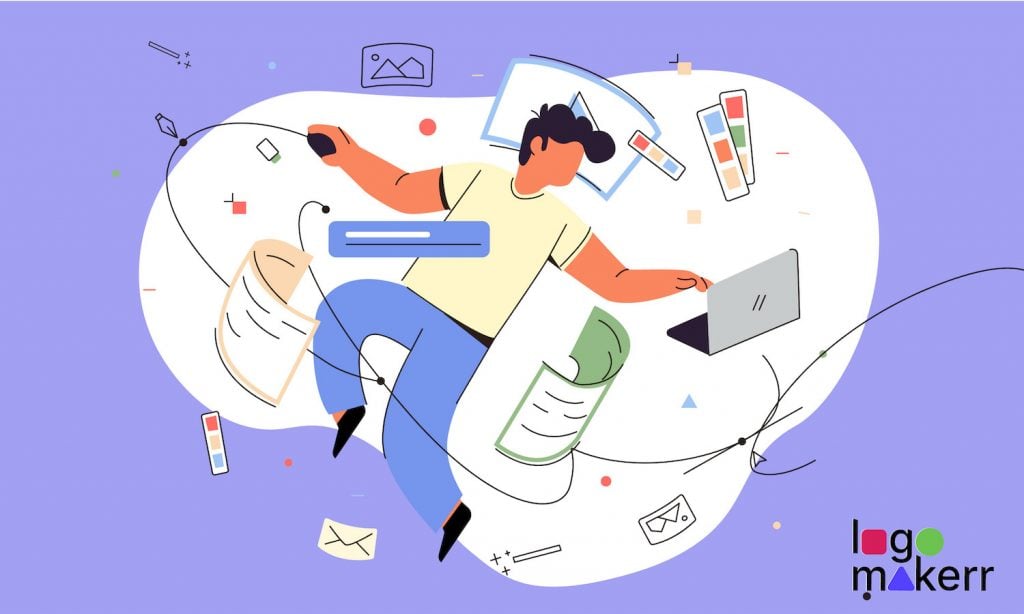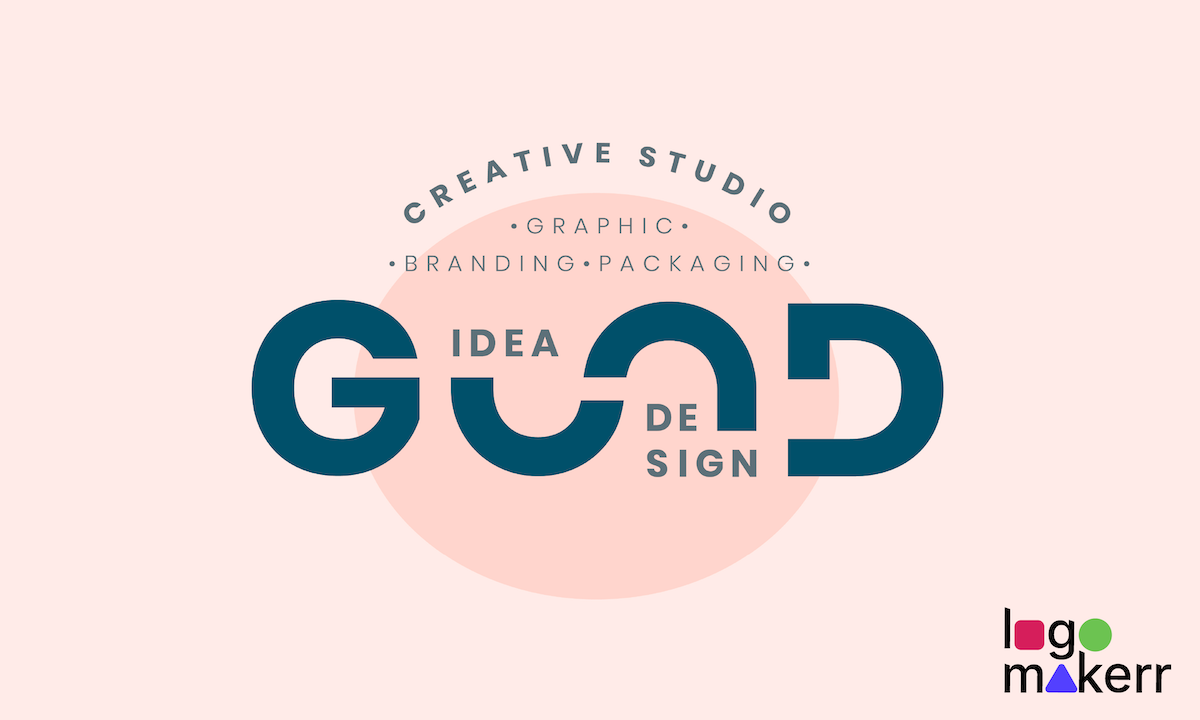“There’s more than meets the eye.”
While design principles and advanced AI software skills, including the use of an AI logo generator, are crucial, there’s more to being a great designer than meets the eye.
Whether you’re just starting as a designer or are about to embark on this creative adventure, you’ve chosen a field that blends artistry, technology, and communication. It’s a dynamic and ever-evolving profession with many opportunities.
In this article, we’ll delve into a treasure trove of knowledge to help you navigate the world of graphic design. So, grab your favorite sketchbook, and let’s embark on this informative yet fun-filled journey of discovery of the 24 things every designer should know!

Things Every Designer Must Know!
Some expert in the design industry must’ve known all these things already, but they all started somewhere. So if you’re starting in the design industry, here’s everything you need to know!
- Master the Basics
To excel in graphic design, you need a strong foundation. Familiarize yourself with design principles, including balance, contrast, alignment, and proximity. Understand the power of typography and how it can convey a message. Learn about color theory and how to use it to evoke emotions in your designs. The basics are the building blocks of your creative journey.
- Find Your Niche
There are various types of graphic design, and it helps to find your niche early on. Whether it’s logo design, website design, print media, or user interface (UI) design, specializing in a particular area will set you apart and make you a sought-after expert. This is where your passion and unique skills can shine.\
- Stay Curious
Feedback is your best friend as a designer. Don’t take criticism personally; see it as an opportunity to grow. Collaborate with colleagues and mentors, and ask for their thoughts on your work. Constructive feedback can help you refine your designs and push your skills to the next level.
- Embrace Feedback
Feedback is your best friend as a designer. Don’t take criticism personally; instead, see it as an opportunity to grow. Collaborate with colleagues and mentors, and ask for their thoughts on your work. Constructive feedback can help you refine your designs and push your skills to the next level.
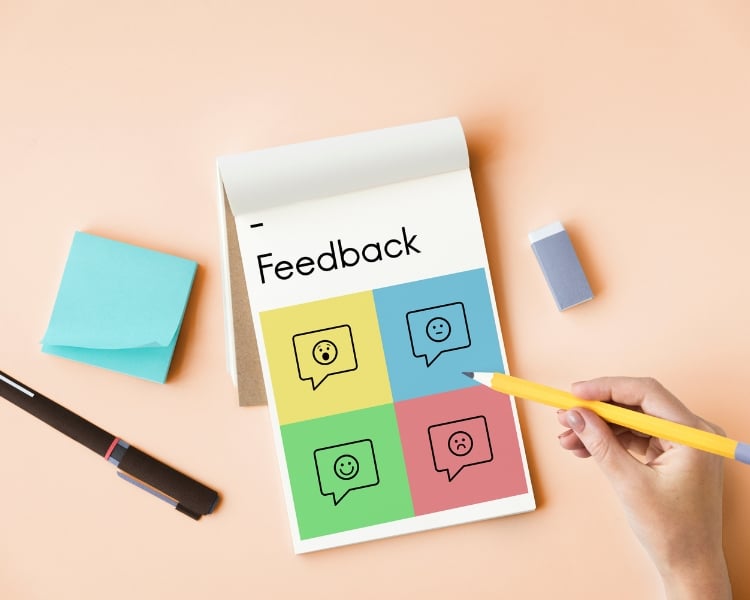
- Keep It Simple
The famous design principle “Less is More” holds true in graphic design. Avoid clutter and complexity in your designs. Simplicity looks clean and appealing and makes your message more understandable. Remember that your audience should quickly grasp the information you’re trying to convey.
- Learn the Tools of the Trade
To be an effective graphic designer, you must master the necessary design software and tools. Adobe Creative Cloud is an industry standard, so becoming proficient in programs like Adobe Photoshop, Illustrator, and InDesign is crucial. Additionally, explore other design tools that cater to your niche, such as Sketch or Figma, for UI/UX design.
- Build a Strong Portfolio
Your portfolio is your calling card in the design world. Focus on building a strong portfolio that showcases your best work as a new designer. Include a variety of projects to demonstrate your range and versatility. Quality trumps quantity, so select your best pieces to feature.
- Understand Branding
Branding is a fundamental aspect of graphic design. It’s not just about creating beautiful visuals; it’s about communicating a brand’s identity and values. Study successful branding campaigns and understand the psychology behind brand perception. A well-executed brand can leave a lasting impression on customers.

- Learn About User Experience (UX) and User Interface (UI) Design
If you’re interested in web and app design, understanding UX and UI principles is vital. UX design focuses on user interactions and overall user satisfaction, while UI design focuses on the look and feel of the interface. These disciplines play a crucial role in creating user-friendly digital experiences.
- Work on Your Soft Skills
In addition to technical skills, soft skills are essential for a designer’s success. Develop skills like communication, problem-solving, time management, and empathy. These skills will help you navigate client interactions, understand their needs, and deliver outstanding results.
- Learn About Copyright and Intellectual Property
As a designer, respecting copyright and intellectual property rights is crucial. Understand the licensing and usage terms for stock assets, fonts, and other design resources. Always obtain the necessary permissions and licenses for your work to avoid legal issues.
- Be Mindful of Typography
Typography is a powerful design tool. Pay attention to fonts, spacing, and hierarchy. Understand the psychology of different fonts and their suitability for various design contexts. Great typography can elevate your designs from good to outstanding.
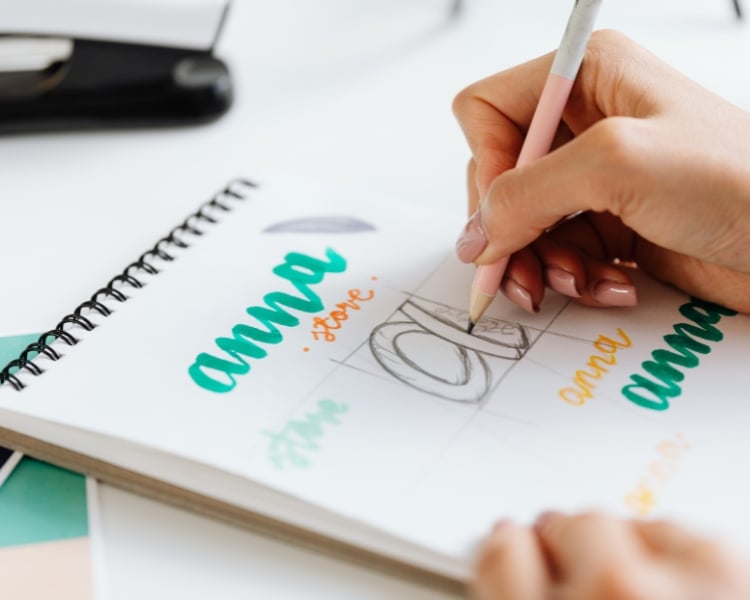
- Seek Inspiration Everywhere
Inspiration can come from unexpected places. Don’t limit yourself to design-related sources; explore art, nature, architecture, and everyday life. Keep a sketchbook or a digital note-taking app handy to capture ideas and visual references as they come to you.
- Learn from Your Mistakes
Mistakes are part of the learning process. When you make a design blunder, don’t dwell on it. Instead, learn from it. Analyze what went wrong, seek feedback, and use the experience to improve your skills.
- Develop a Consistent Style
While versatility is essential, a consistent design style can make your work recognizable and memorable. Find your unique aesthetic, but remain open to evolution and refinement over time.
- Seek Inspiration Everywhere
Inspiration can come from unexpected places. Don’t limit yourself to design-related sources; explore art, nature, architecture, and everyday life. Keep a sketchbook or a digital note-taking app handy to capture ideas and visual references as they come to you.
- Color Psychology
Colors have a profound impact on emotions and perceptions. Different colors evoke different feelings. As a graphic designer, it’s crucial to understand color psychology and how to use it to your advantage.
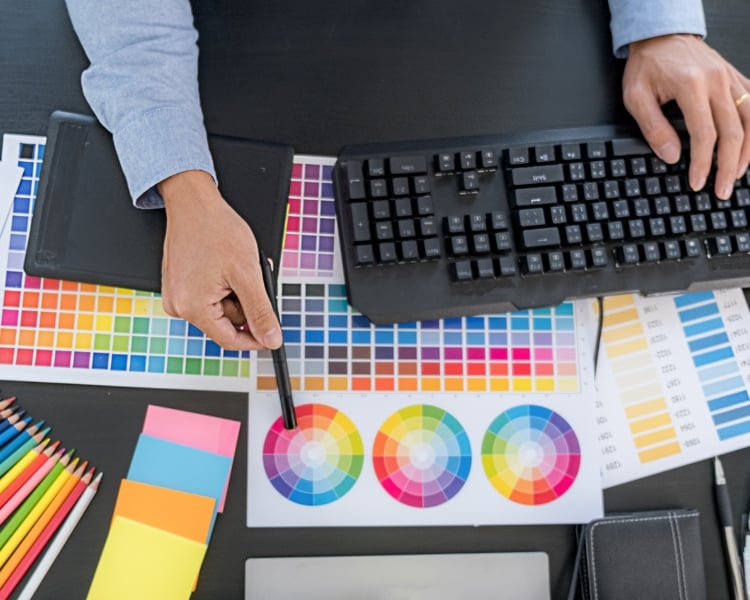
For example, warm colors like red and orange are associated with energy and passion, while cool colors like blue and green evoke calm and trust. Experiment with color combinations to create the right mood and atmosphere for your designs.
- Experiment and Take Risks
Don’t be afraid to step out of your comfort zone and experiment with new styles, techniques, and ideas. Taking creative risks can lead to breakthroughs in your work and set you apart from the crowd.
- Visual Hierarchy
Understanding visual hierarchy is essential for creating designs that communicate effectively. It involves arranging elements to guide the viewer’s eye through the content in a logical sequence. Using techniques like size, contrast, and alignment, you can emphasize essential elements and ensure your message is clear and engaging.
- The Rule of Thirds
The rule of thirds is a fundamental concept in design that can transform your compositions. Imagine breaking your canvas or screen into a grid of nine equal sections, like a tic-tac-toe board.
Place your key elements along the lines or at their intersections to create visually appealing and balanced designs. This rule is widely used in photography and works wonders in graphic design.
- The Power of Negative Space
Don’t overlook the importance of negative space, also known as white space. It’s the area around and between the elements of your design. Negative space helps create balance, clarity, and visual interest in your compositions. Learning to use it effectively can make your designs more elegant and eye-catching.

- Grid Systems
Grids are the unsung heroes of design. They provide structure, alignment, and consistency to your layouts. Familiarize yourself with grid systems and use them to organize your designs. Grids help maintain a visual harmony that makes your work look polished and professional.
- File Organization
File organization may seem trivial, but it’s a real time-saver. Establish a logical and consistent file structure for your projects. Naming conventions and folder organization will help you find and manage your work with ease.
- Design Trends Are Temporary
Design trends come and go. While it’s important to stay current, developing a timeless style that sets you apart is crucial. Avoid becoming overly reliant on trends, as your designs should still work when they’re no longer in vogue.
